Walking at This Speed Burns Maximum Fat, Science Shows
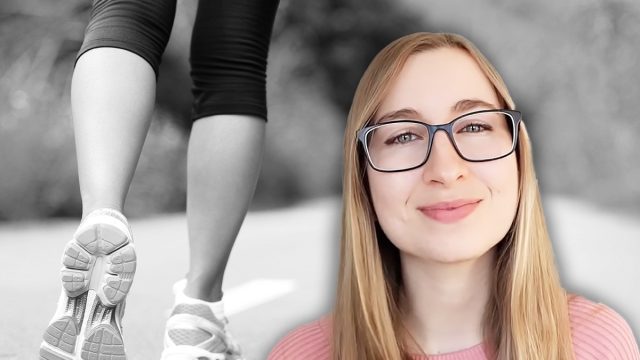
Most of us know walking is good for our health, but few realize it might actually be better for fat loss than high-intensity exercises. Michaela, known to her followers as Dr. Miche, is a research scientist with a PhD who specializes in analyzing weight loss studies. "By day, I conduct and publish studies of my own, whereas by night I share the results of other people's studies to help you reach your weight loss, fitness, health, and nutrition goals," she explains in her post.
The research shows not only that walking works for fat loss, but that there's a specific speed that optimizes your results. Let's dive into what science tells us about walking for fat loss.
The science confirms: Walking works without dieting
When Dr. Miche analyzed a meta-analysis including over 1,100 participants, the evidence was compelling. "On average, people lost two pounds or one percentage point of body fat," she reports, describing participants who walked just four times a week for 40 minutes per session over 35 weeks. What's remarkable is that no dietary changes were made—the only intervention was adding walking.
Even more telling, participants who didn't add walking actually gained weight. "Not only did adding walking to people's routines prevent the weight gain that most people have happened to them over time as they age, but adding walking also caused weight loss on top of that," Dr. Miche notes.
Walking outperforms running for fat burning
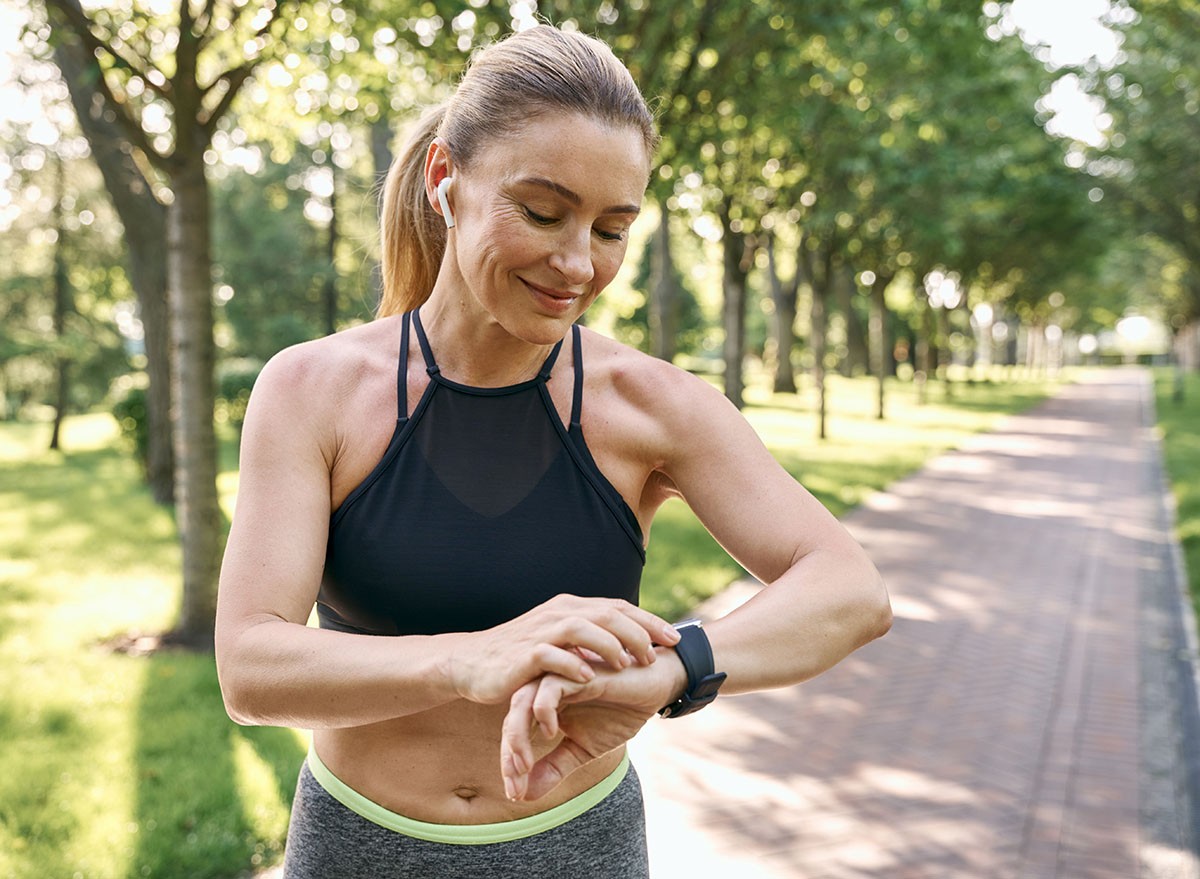
In a surprising research finding, walking might actually be more effective for fat loss than running or biking. Dr. Miche describes a study where participants were randomly assigned to running, walking, or biking groups, with each group exercising for 30 minutes, three times weekly for 20 weeks.
"The walking group lost three body fat percentage points, so more than twice as much as the running and biking groups," she explains, despite all groups exercising for the same duration and frequency. The running and biking groups only lost about 1.2 percentage points of body fat each.
Why does lower intensity burn more fat

The key to walking's effectiveness lies in exercise intensity. "As the intensity is lower in an exercise, you actually burn more fat compared to carbs, whereas when you do a very high intensity exercise, you burn more carbs compared to fat," Dr. Miche explains.
Though researchers tried to match intensity across exercise types, walking naturally remained at a lower intensity than running or biking. This lower intensity creates the perfect environment for your body to tap into fat stores rather than burning primarily carbohydrates.
The exact speed that maximizes fat burning
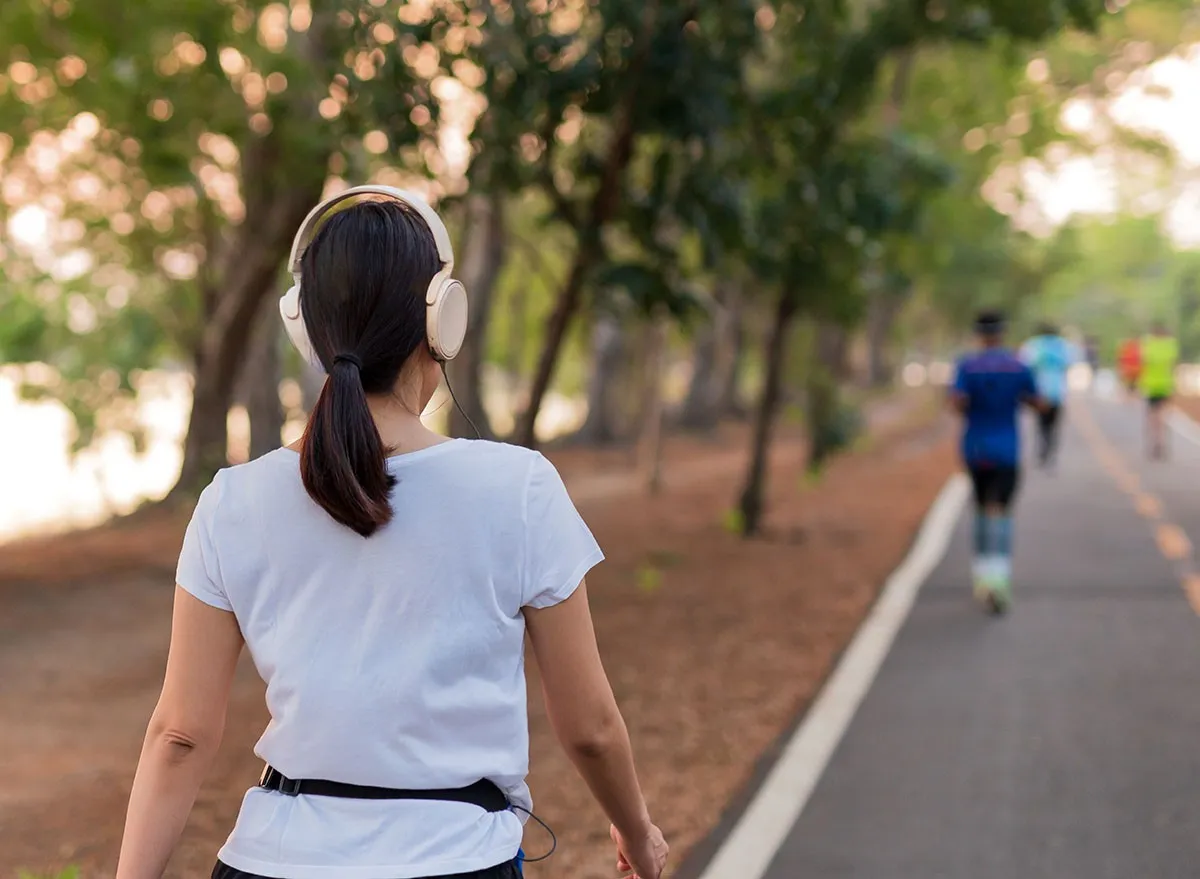
Research shows there's an optimal pace for maximum fat oxidation. "The maximum level of fat oxidation happens at about 60 percent of your maximum heart rate," says Dr. Miche, referencing studies on optimal fat burning during exercise.
For those who prefer specific numbers, Dr. Miche translates this into practical advice: "For men, the average best rate of walking was 3.4 miles per hour, whereas for women it was about three miles per hour to maximize fat burning." This moderate pace—a brisk walk but not a power walk—hits the sweet spot for fat metabolism.
Walking delivers bonus health benefits
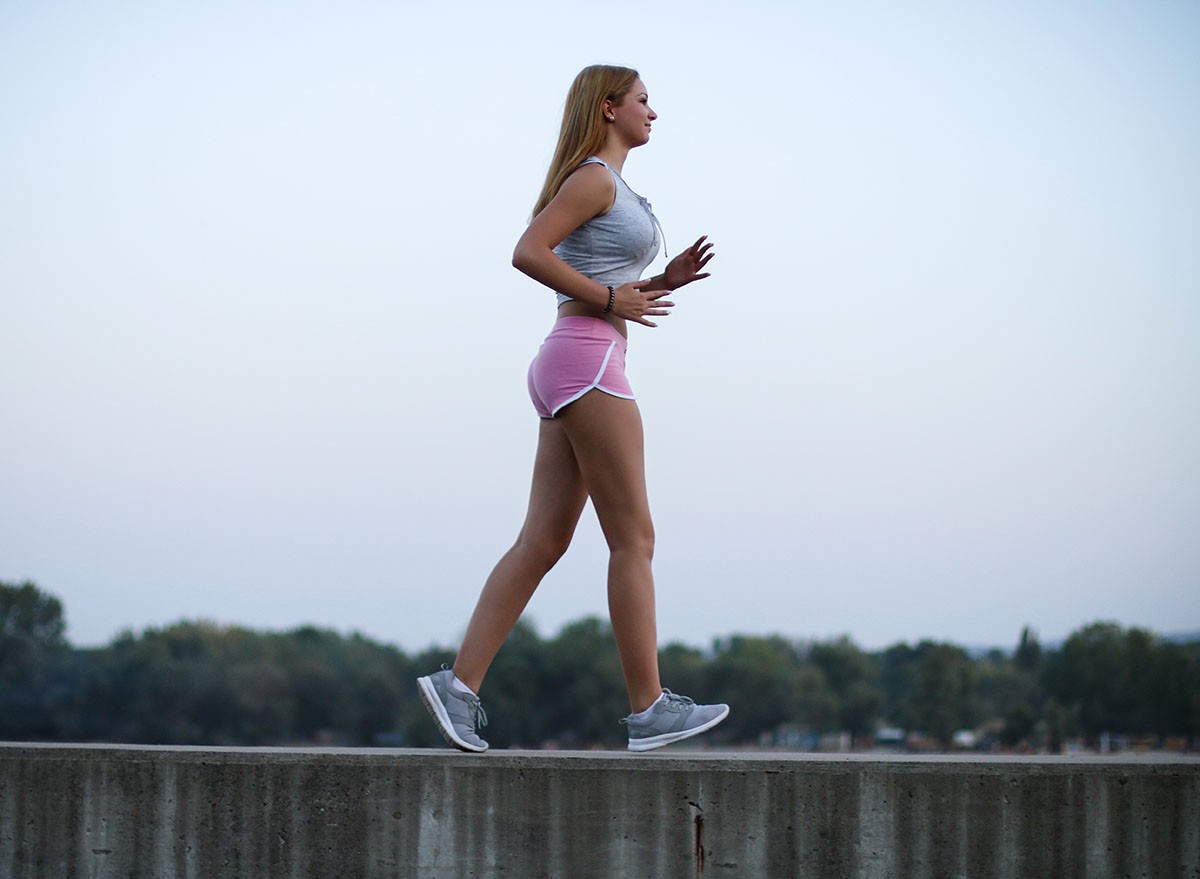
Beyond fat loss, regular walking significantly improves overall health. "Just adding 40 minutes of walking four times a week lowered blood pressure by 1 to 1.5 points for both systolic and diastolic blood pressure," Dr. Miche points out.
The same amount of walking also "raised VO2 max by three, which is a measure of cardiovascular fitness," she adds. These health improvements occur independently of weight loss, making walking valuable even for those not focused on changing their body composition.
How to implement your walking routine
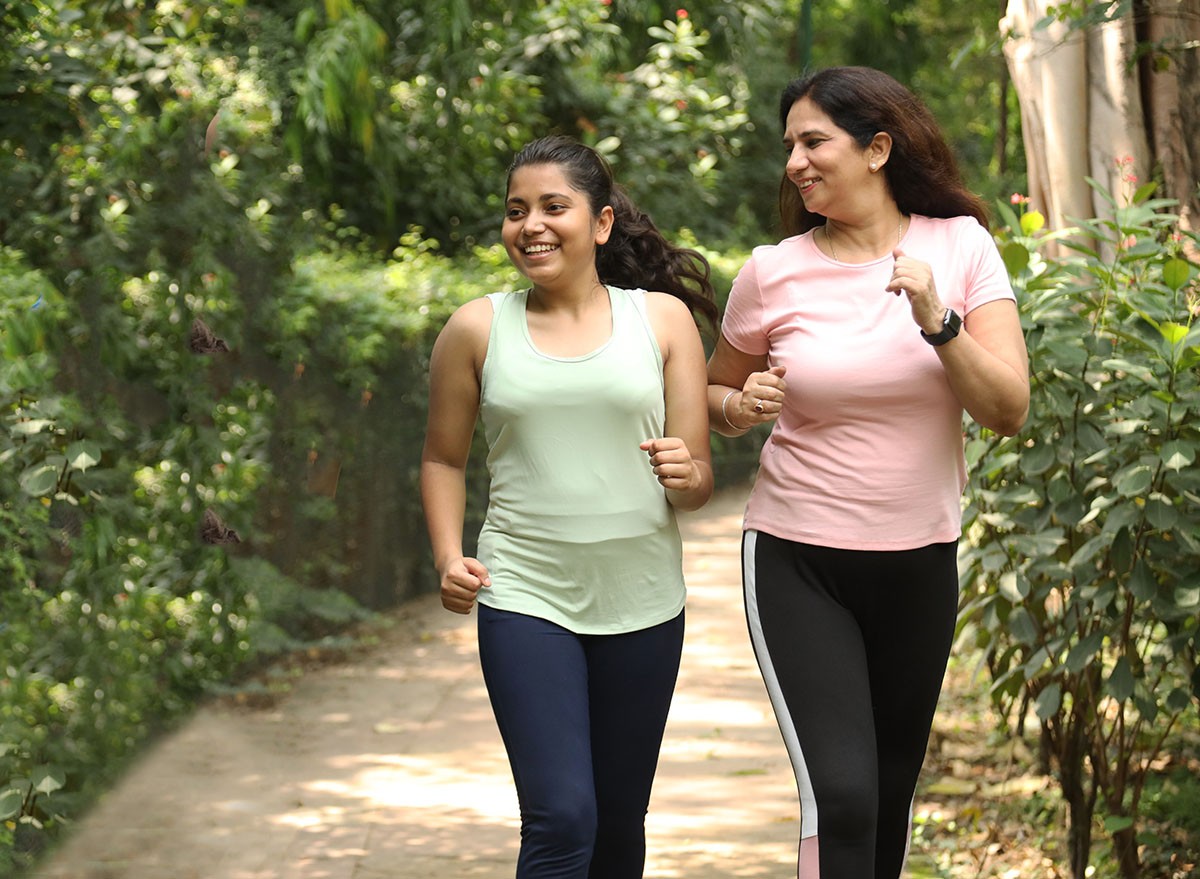
The most effective walking routine, according to the research Dr. Miche analyzed, involves walking four times weekly for about 40 minutes per session. In the study comparing exercises, participants walked at approximately 3.75 miles per hour, which Dr. Miche describes as "a pretty brisk walk."
For best results, aim to walk at around 60% of your maximum heart rate, which you can calculate by subtracting your age from 220 and multiplying by 0.6. Or simply pace yourself at 3-3.4 mph, depending on your gender, to hit the fat-burning sweet spot.
Make walking a sustainable habit
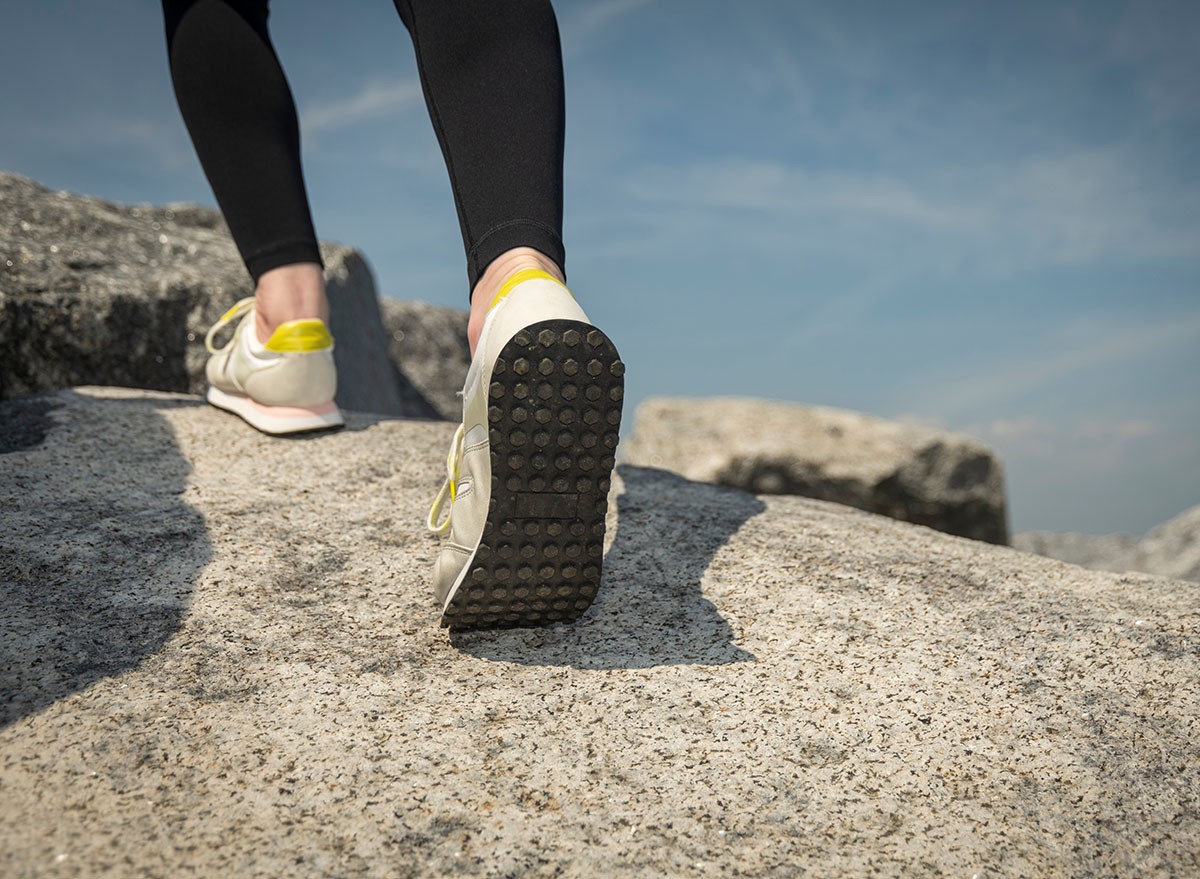
The brilliance of walking for fat loss is its accessibility and sustainability. Unlike intense exercise programs that might lead to burnout, walking can easily become a permanent part of your lifestyle. Dr. Miche acknowledges this practical aspect, noting walking is "not only for weight loss, but also because it's just amazing for your health, and it's nice to get outside."Consistency matters more than intensity—those regular walks at moderate pace are precisely what produced results in the studies. By maintaining a regular walking routine at the optimal pace, you're setting yourself up for both short-term fat loss and long-term health benefits. And if you enjoyed this article, don't miss 12-3-30 Walking Method: 20 Proven Tips to Lose Weight Faster.




